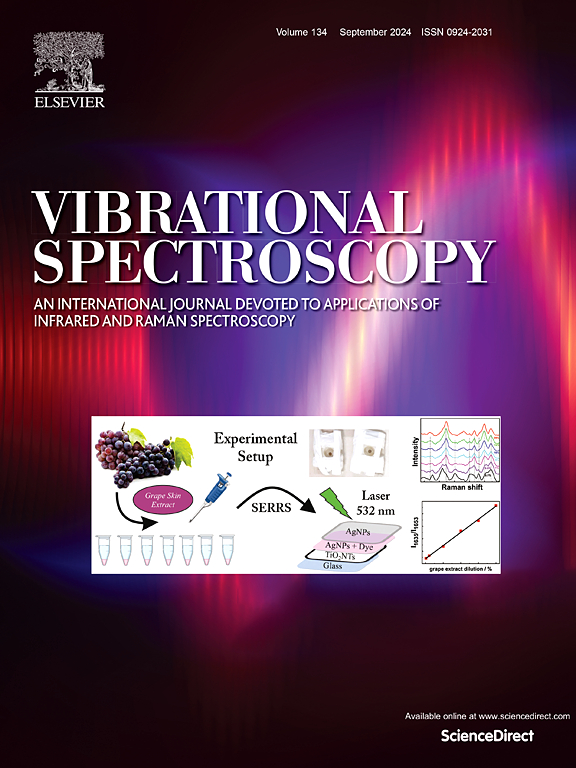基于对立鲸优化的高光谱图像分类波段选择
IF 3.1
3区 化学
Q2 CHEMISTRY, ANALYTICAL
引用次数: 0
摘要
提出了一种创新的高光谱遥感影像波段选择方法。大量的数据,加上其固有的冗余和有限的训练样本,对这些图像的分类精度产生了不利影响。从高光谱图像中识别信息丰富、非冗余和不相关的波段是高光谱研究界的主要目标。在这项研究中,我们提出了一种开创性的波段选择技术,该技术模拟了鲸鱼的狩猎策略,结合了对立学习来利用替代候选解决方案。随后,从对立鲸鱼波段中提取固有特征,并通过三维卷积神经网络进行分类训练,称为修正鲸鱼优化(MWO)。MWO是根据三个基准数据集(Indian Pines、Pavia大学和Salinas)的前沿方法进行定性和定量评估的。报告的分类准确率在三个数据集上分别为98.67 %,99.81 %和99.98 %,以最小的频带数量实现。该方法被证明是有效的应用于土地利用和土地覆盖以及矿物鉴定。本文章由计算机程序翻译,如有差异,请以英文原文为准。
Band selection using oppositional whale optimization for hyperspectral image classification
This paper presents an innovative methodology for band selection pertinent to hyperspectral remote sensing imagery. The substantial volume of data, alongside its inherent redundancy and limited training samples, adversely influences the classification precision of these images. The discernment of informative, non-redundant, and uncorrelated bands from hyperspectral imagery represents a principal aim of the hyperspectral research community. In this study, we have proposed a pioneering band selection technique that emulates the hunting strategy of Whales, incorporating opposition learning to leverage the alternative candidate solutions. Subsequently, the intrinsic features are extracted from the oppositional whale bands and subjected to training via a three-dimensional convolutional neural network for classification, referred to as Modified Whale Optimization (MWO). The MWO is assessed against leading-edge methodologies across three benchmark datasets – Indian Pines, University of Pavia, and Salinas, both qualitatively and quantitatively. The reported classification accuracies are 98.67 %, 99.81 %, and 99.98 % respectively across the three datasets, achieved with a minimal number of bands. This methodology proves to be effective for applications in Land Use and Land Cover as well as Mineral identification.
求助全文
通过发布文献求助,成功后即可免费获取论文全文。
去求助
来源期刊

Vibrational Spectroscopy
化学-分析化学
CiteScore
4.70
自引率
4.00%
发文量
103
审稿时长
52 days
期刊介绍:
Vibrational Spectroscopy provides a vehicle for the publication of original research that focuses on vibrational spectroscopy. This covers infrared, near-infrared and Raman spectroscopies and publishes papers dealing with developments in applications, theory, techniques and instrumentation.
The topics covered by the journal include:
Sampling techniques,
Vibrational spectroscopy coupled with separation techniques,
Instrumentation (Fourier transform, conventional and laser based),
Data manipulation,
Spectra-structure correlation and group frequencies.
The application areas covered include:
Analytical chemistry,
Bio-organic and bio-inorganic chemistry,
Organic chemistry,
Inorganic chemistry,
Catalysis,
Environmental science,
Industrial chemistry,
Materials science,
Physical chemistry,
Polymer science,
Process control,
Specialized problem solving.
 求助内容:
求助内容: 应助结果提醒方式:
应助结果提醒方式:


